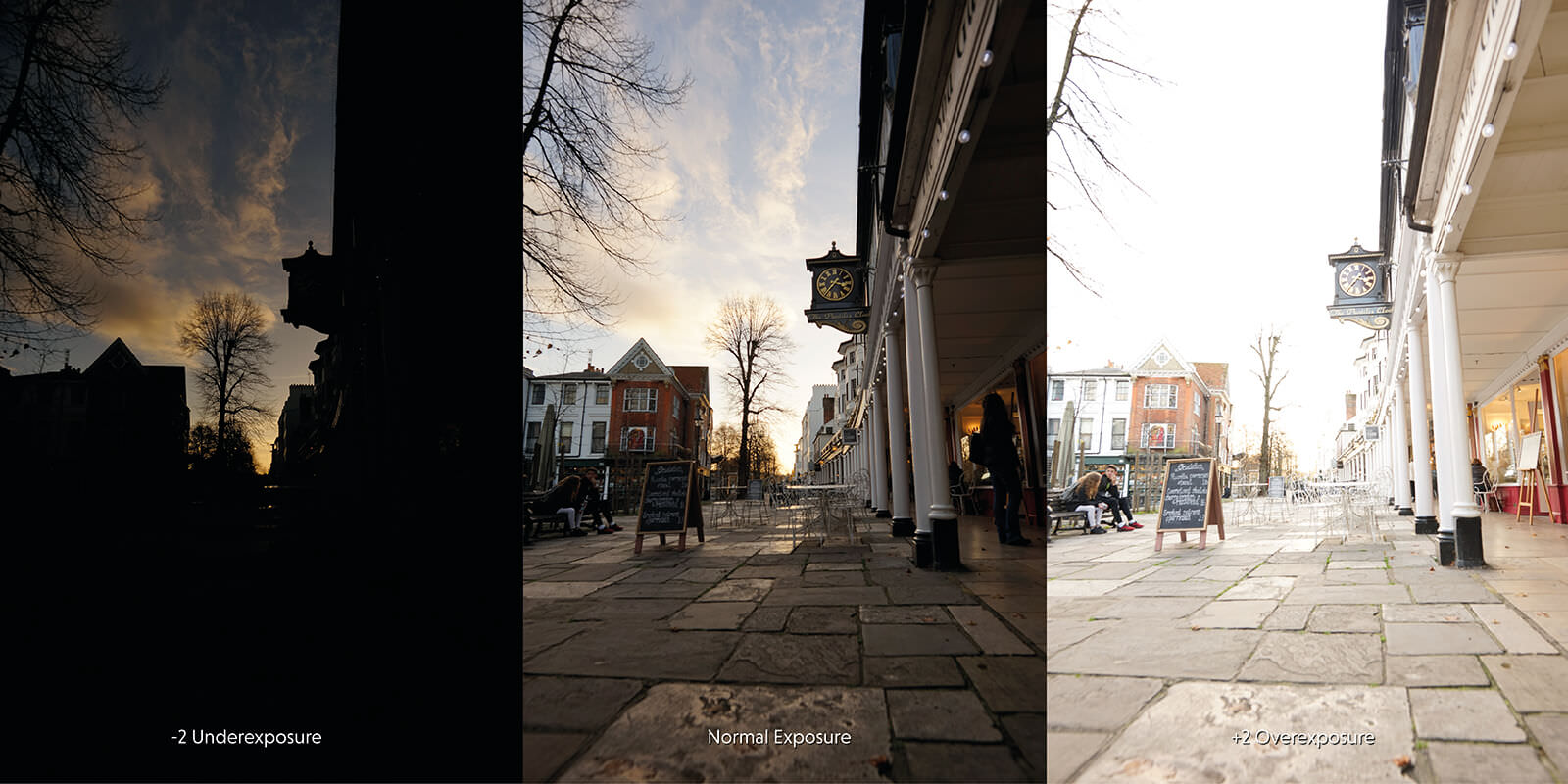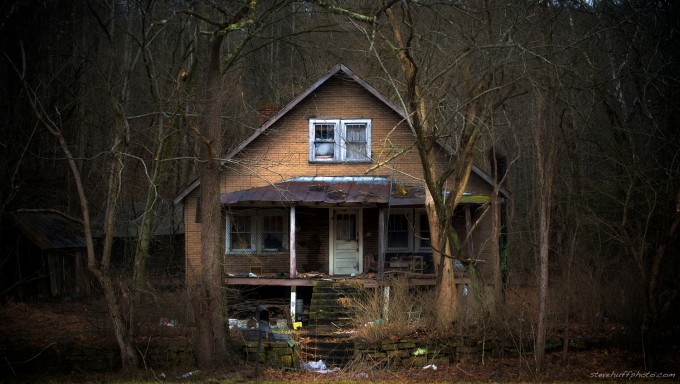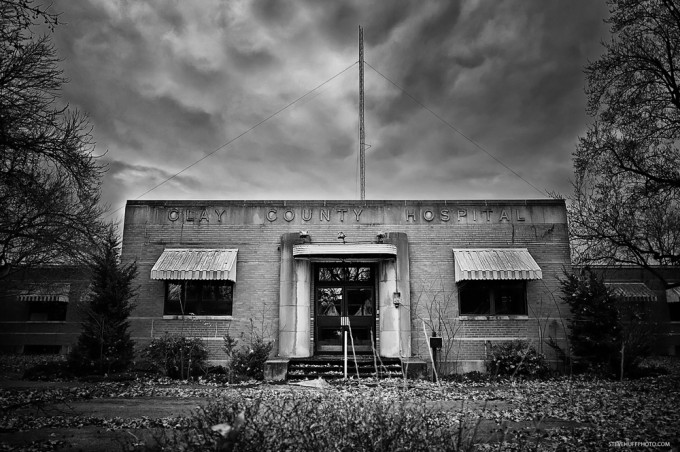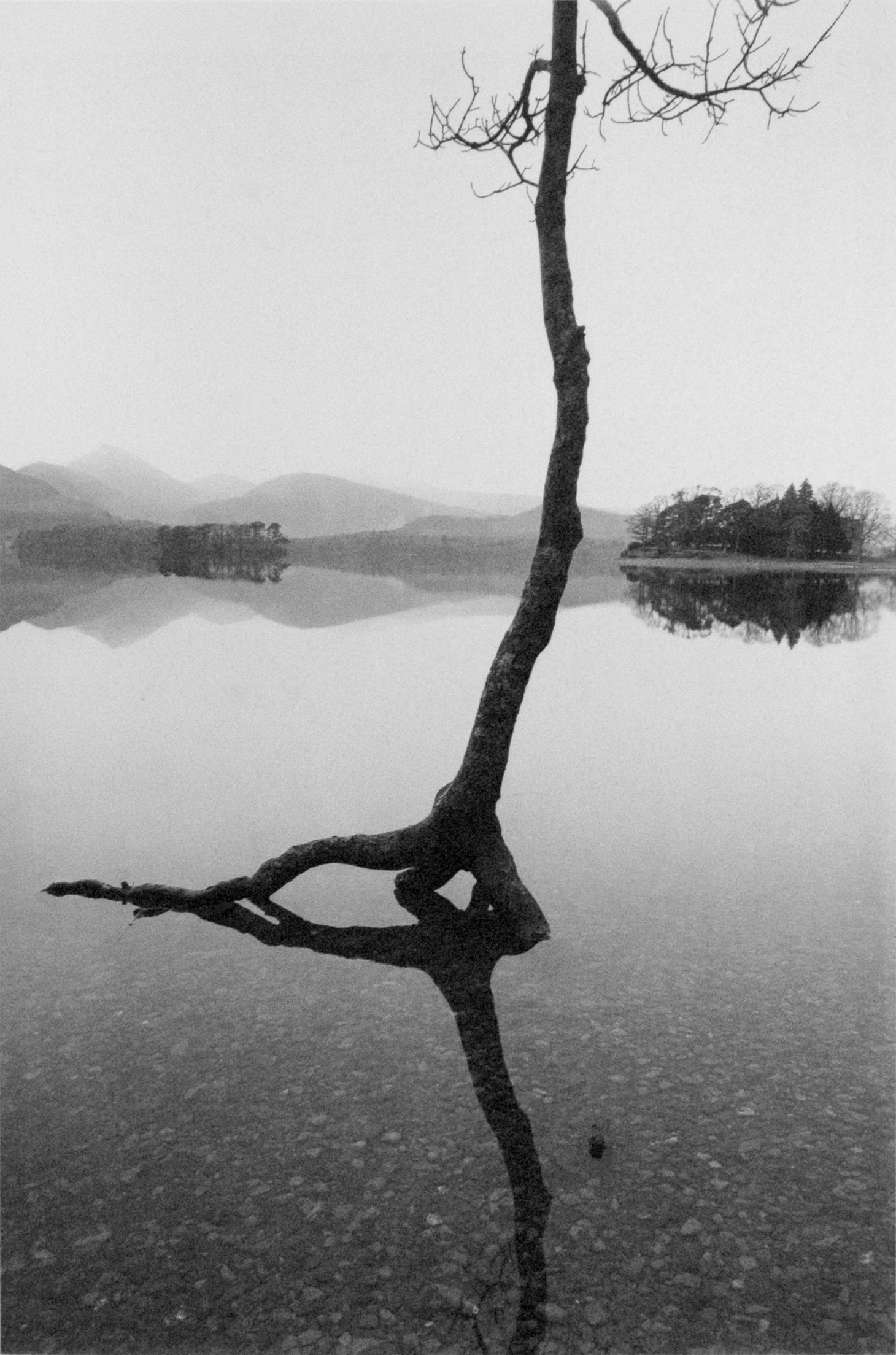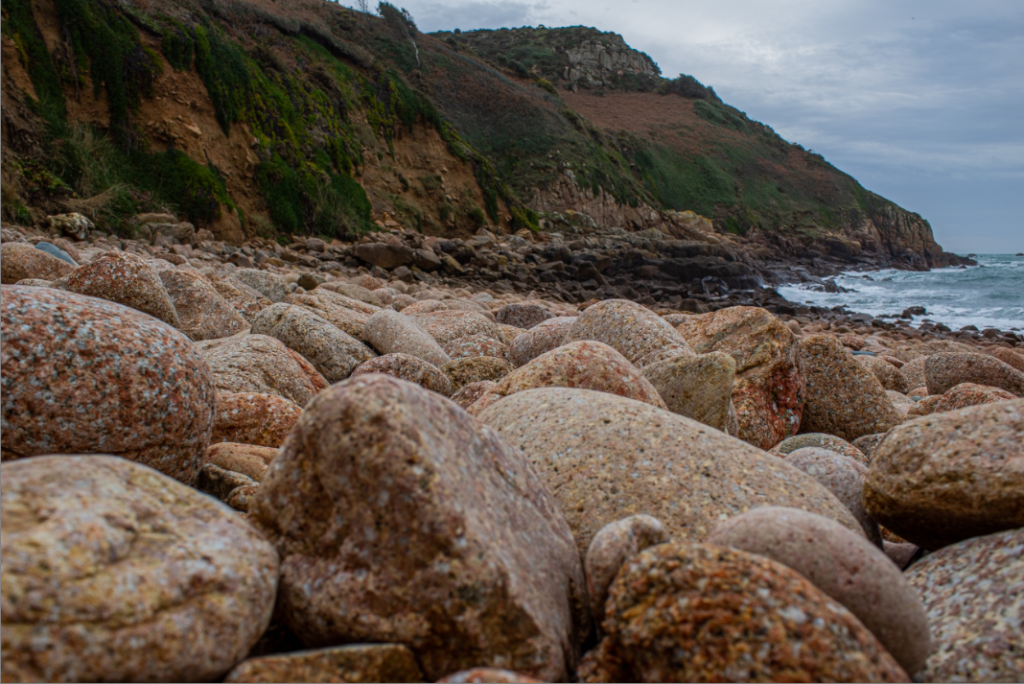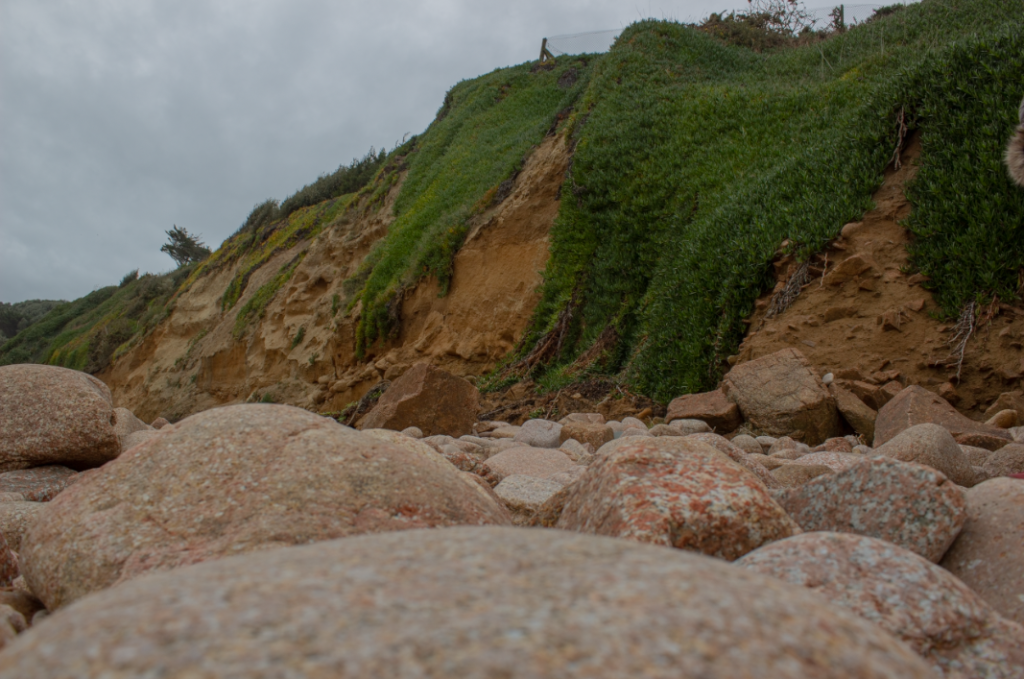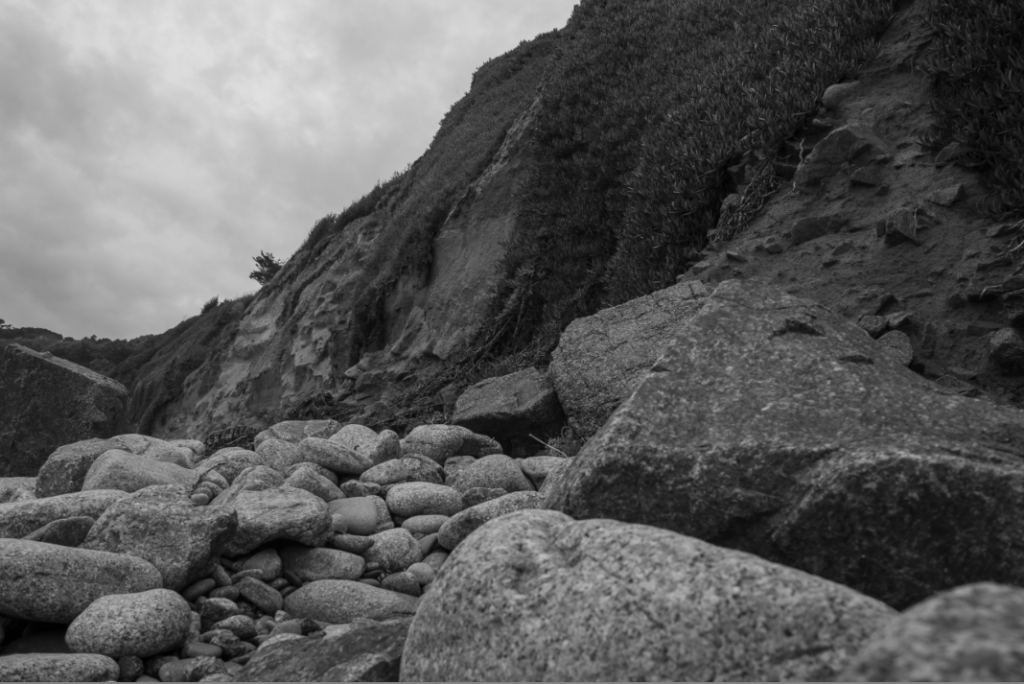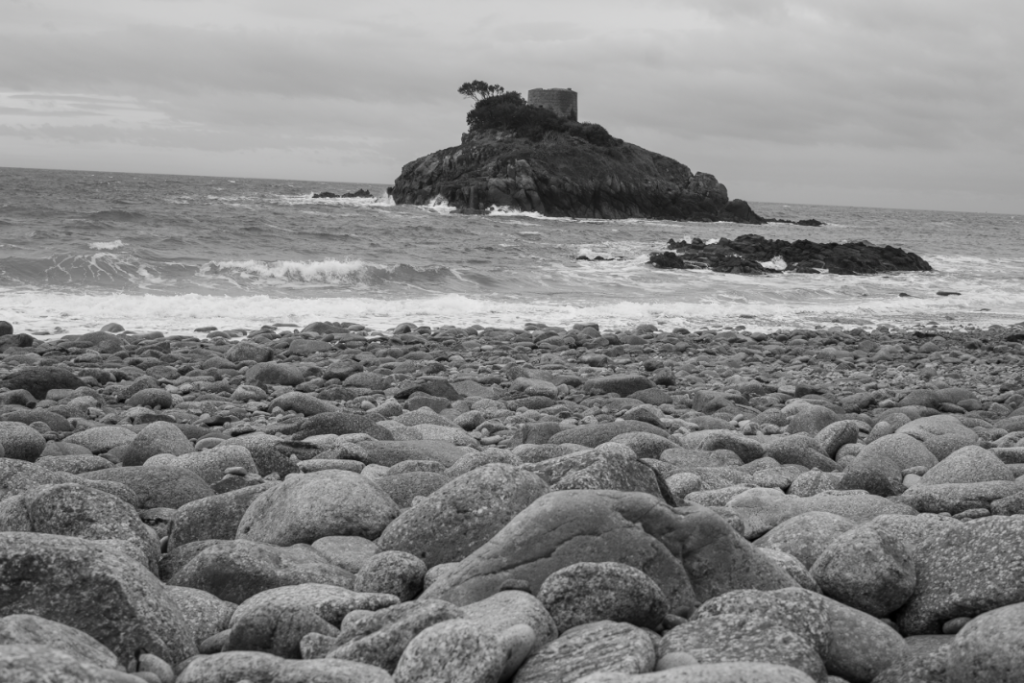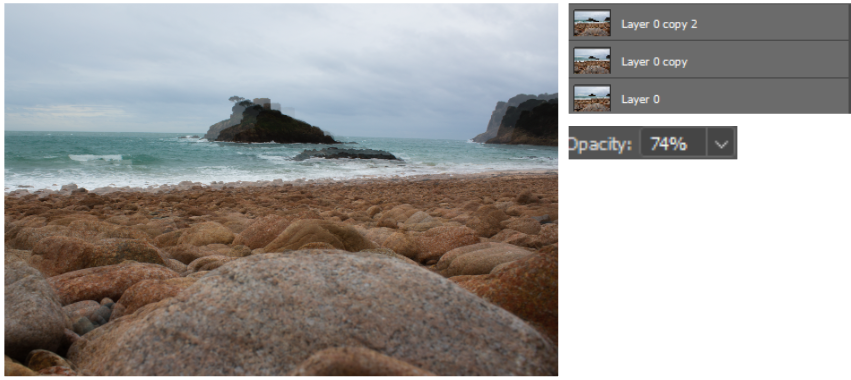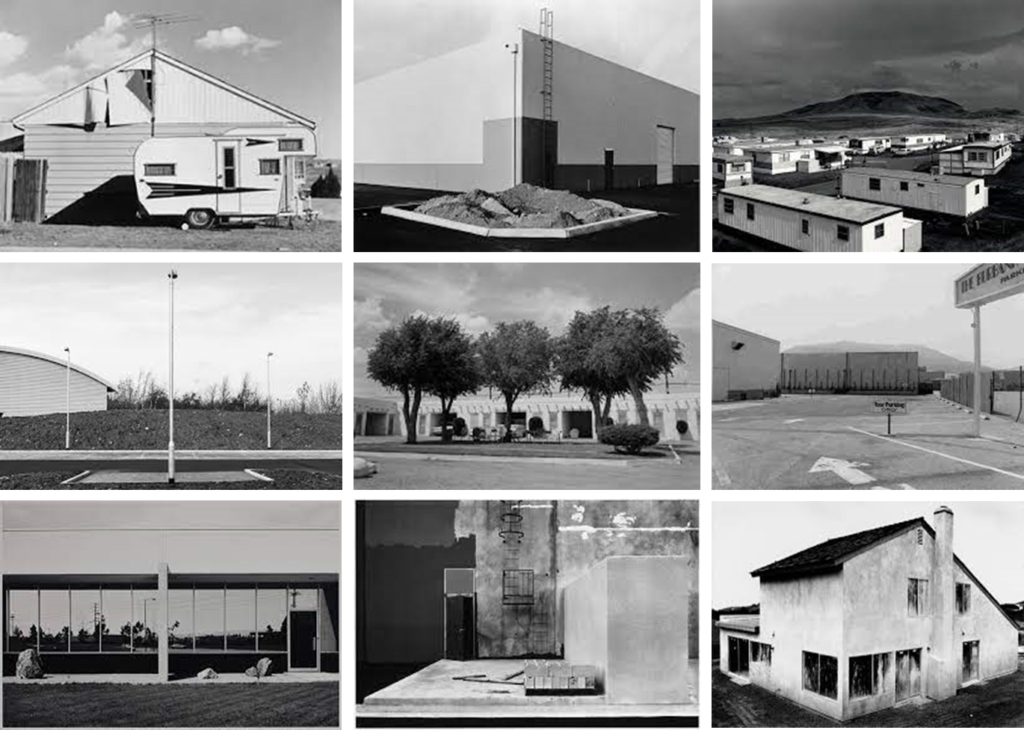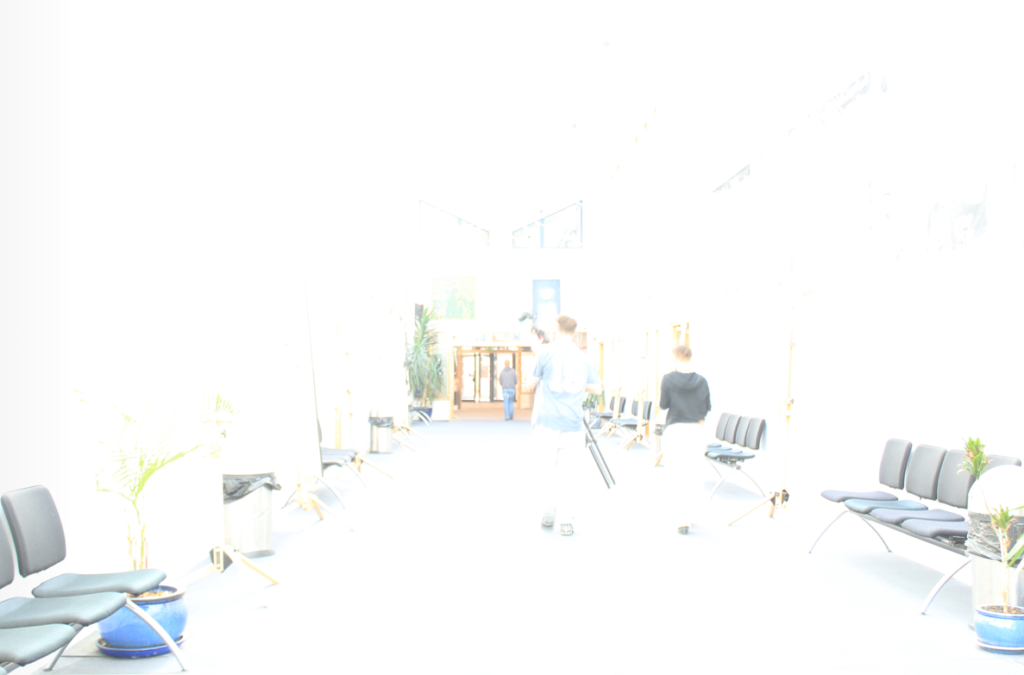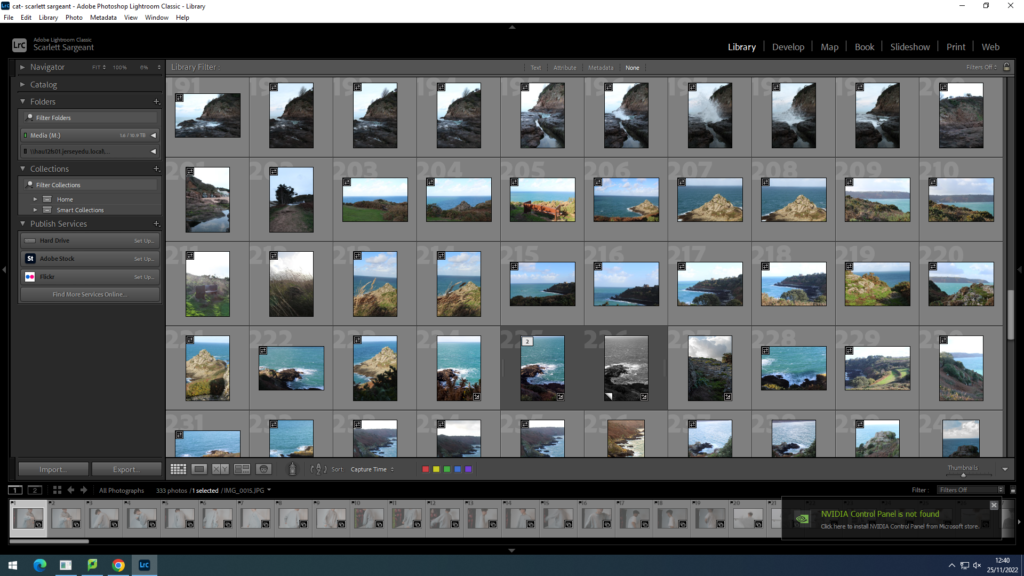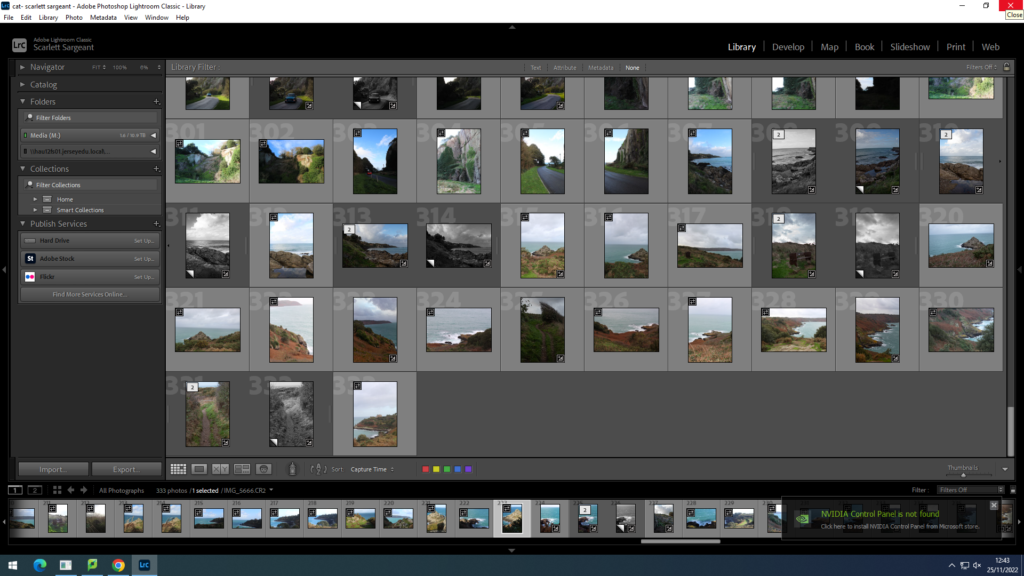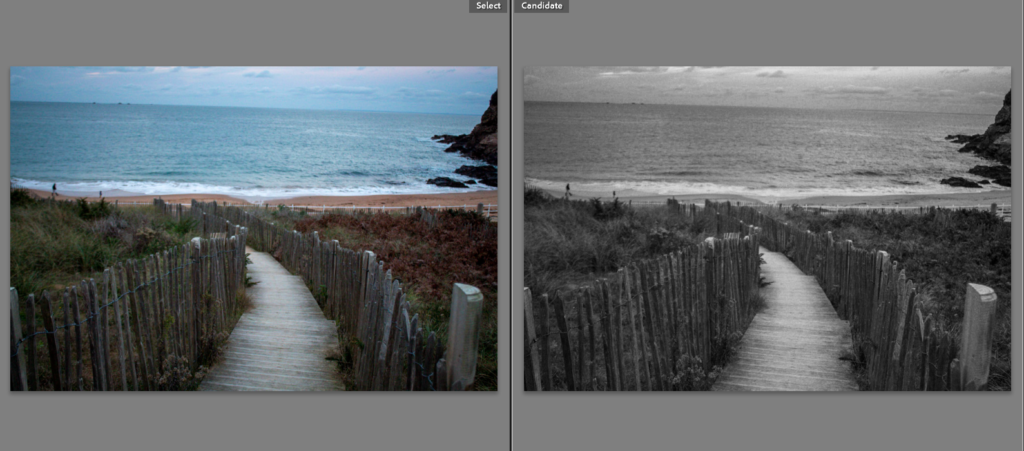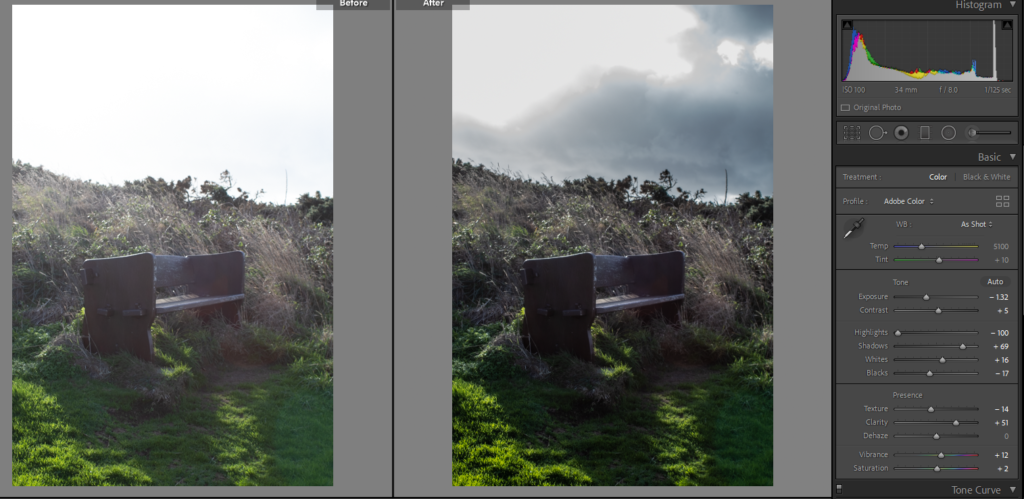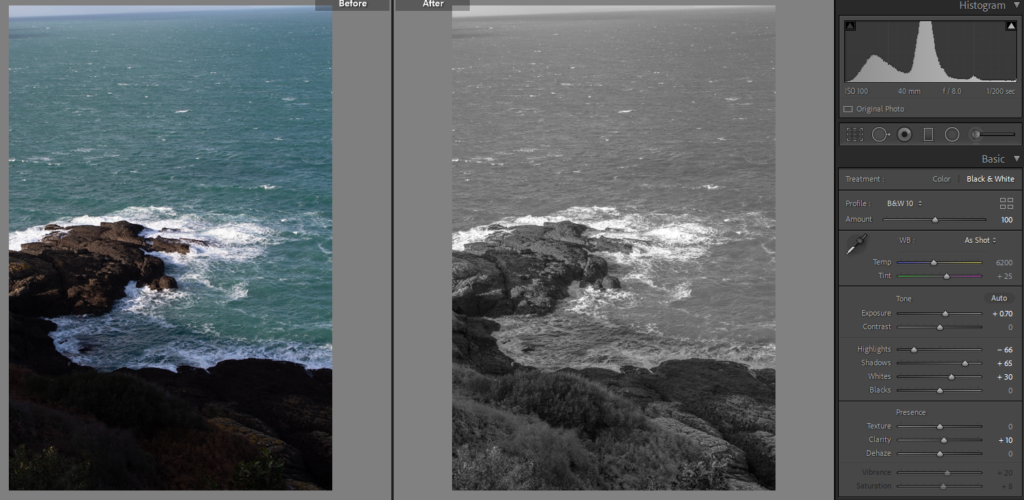What is exposure bracketing:
Exposure bracketing is a technique where, instead of taking a single photo, you take three (or more) that are all exposed slightly differently; normally one is correctly exposed, one slightly underexposed, and one slightly overexposed. You can set up your camera both manually (changing the settings each time) and automatically (only choosing a step and the camera adjusting itself after each photo).
The purpose of this is to cover more of the dynamic range. Bracketed photos are used later to create an HDR (high dynamic range) photo. Some other bracketing techniques include white balance bracketing or focus bracketing.

How to exposure bracket (automatically):
Firstly, set up your camera on a tripod and select a bracketing mode in your settings. Next you have to decide an amount of brackets for your picture. This will be the amount of different exposure pictures that you will have. Then set up the camera so that there is a 2 seconds delayed shutter. If you have this timer set, the camera will take all the brackets automatically. This means you will not have to click the button over and over again which will prevent the camera moving and therefore not making perfectly identical pictures. Lastly, you click the shutter button once to start the process.
![Exposure Bracketing Photography [COMPLETE GUIDE]](https://phlearn.com/wp-content/uploads/2019/05/Exposure-Bracketing-no-text.jpg?fit=1400%2C628&quality=99&strip=all)

